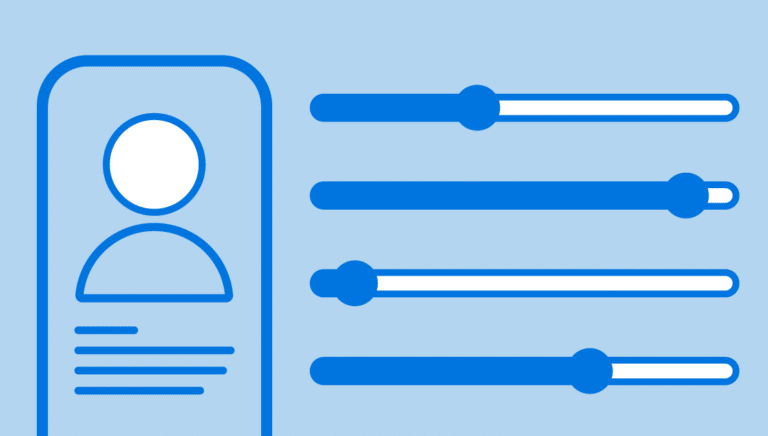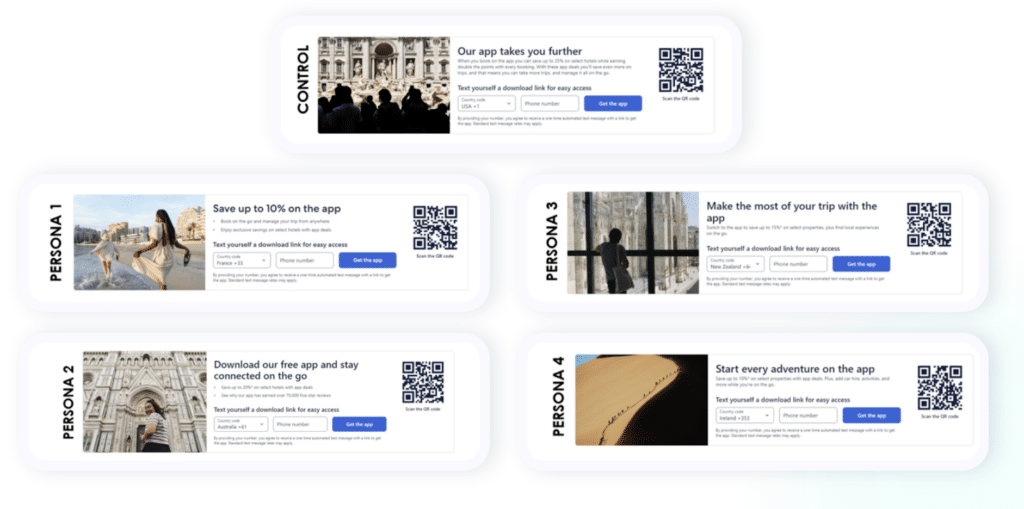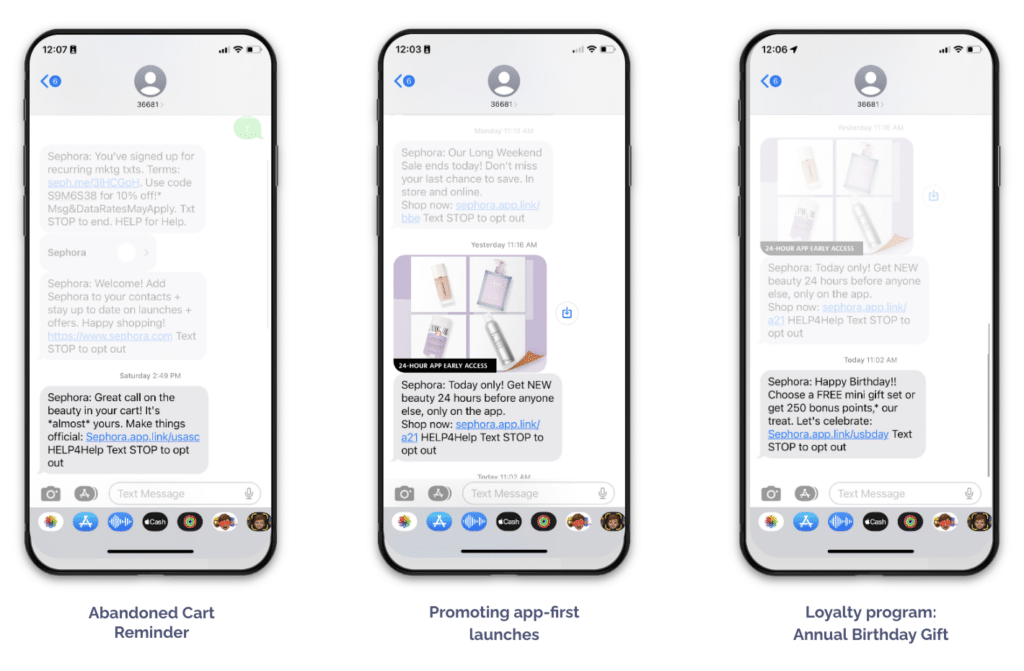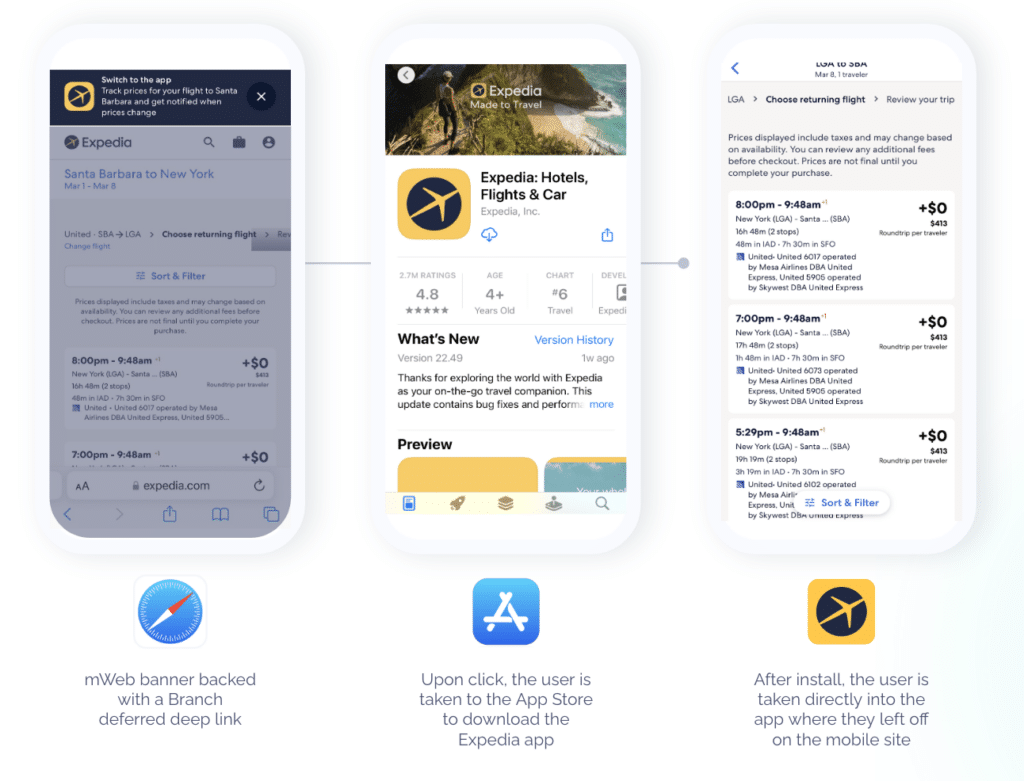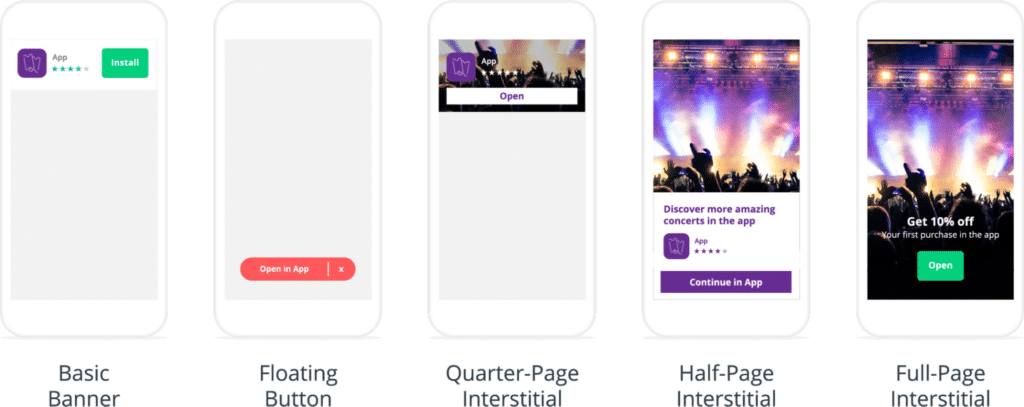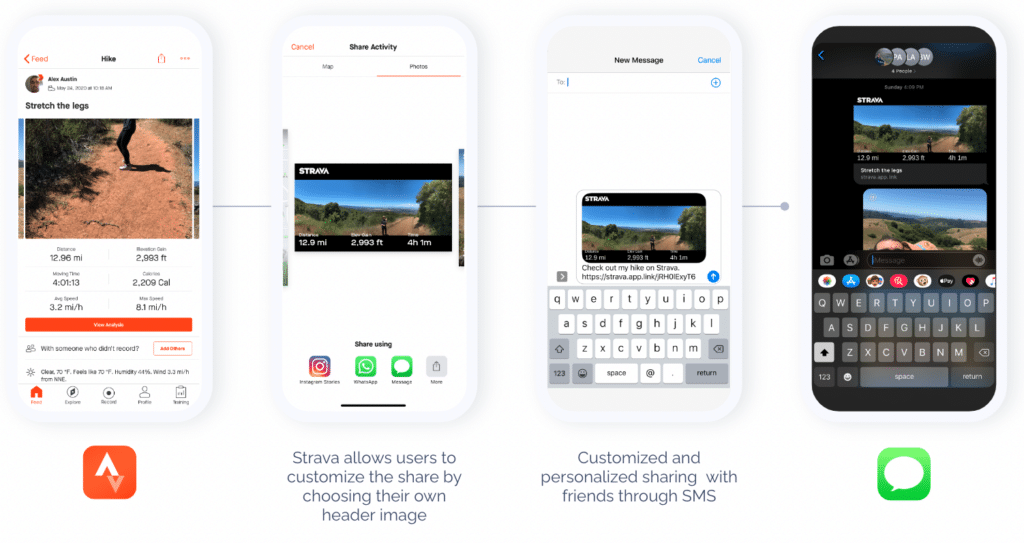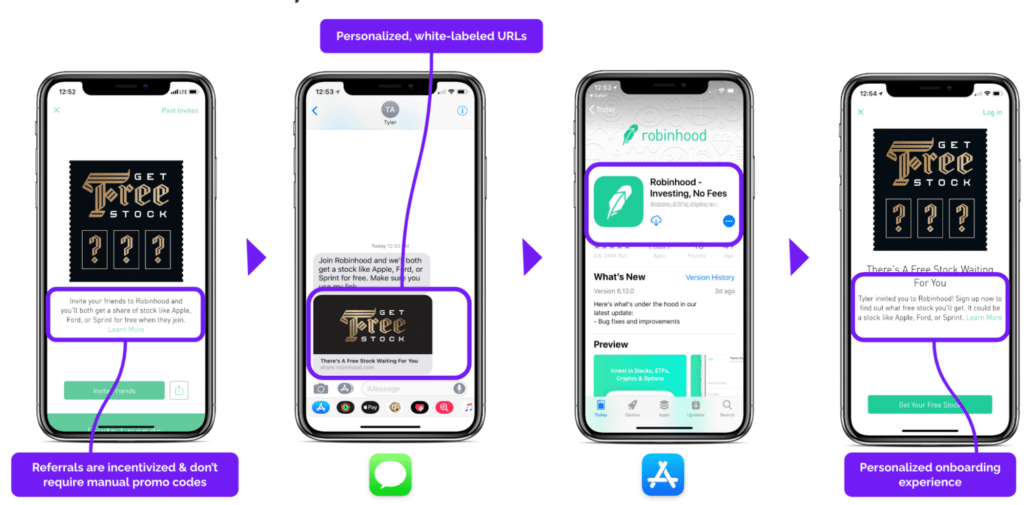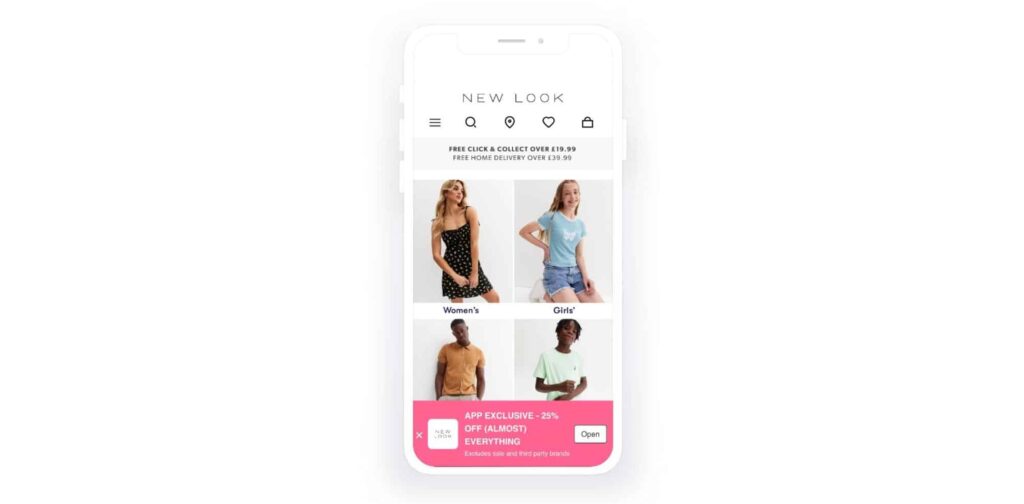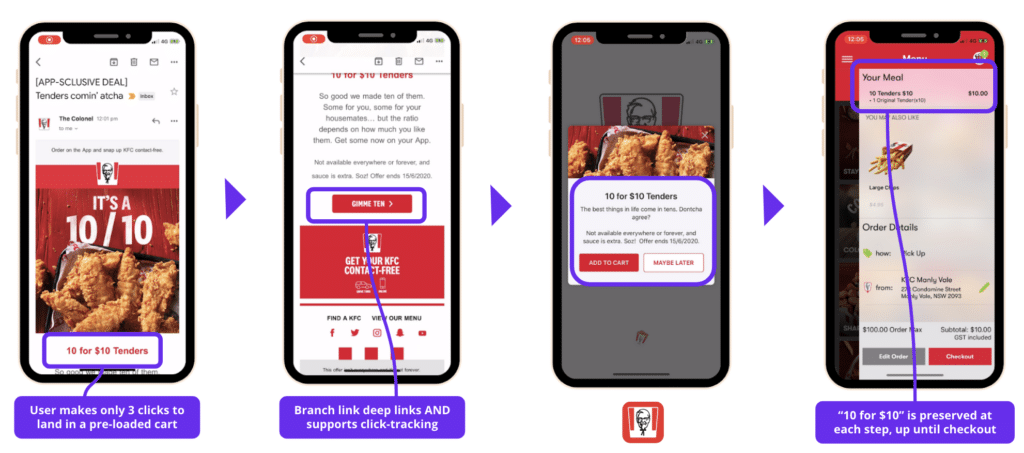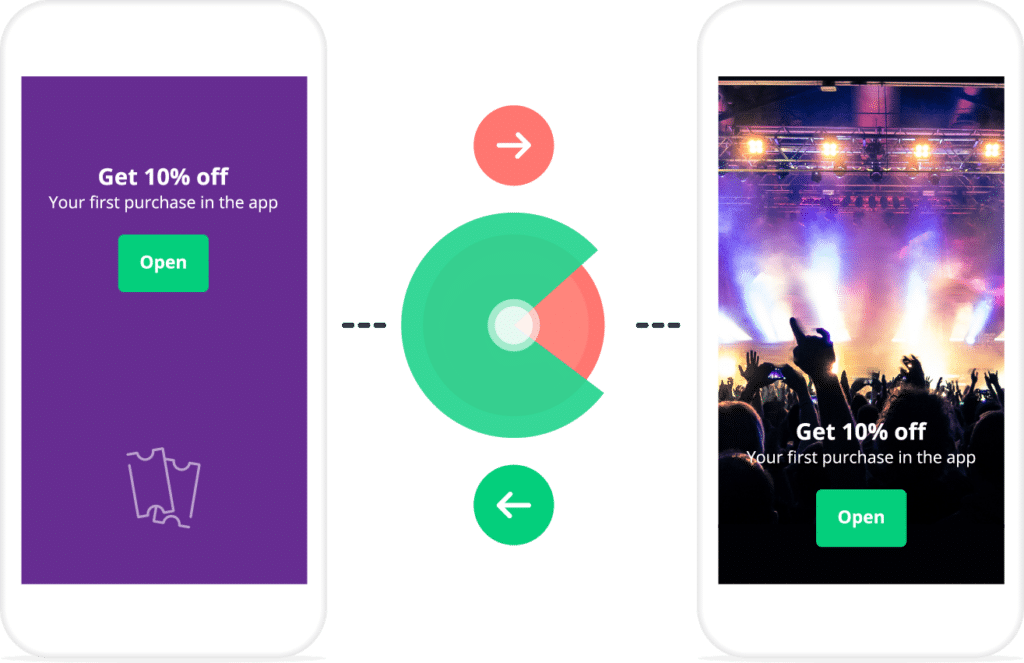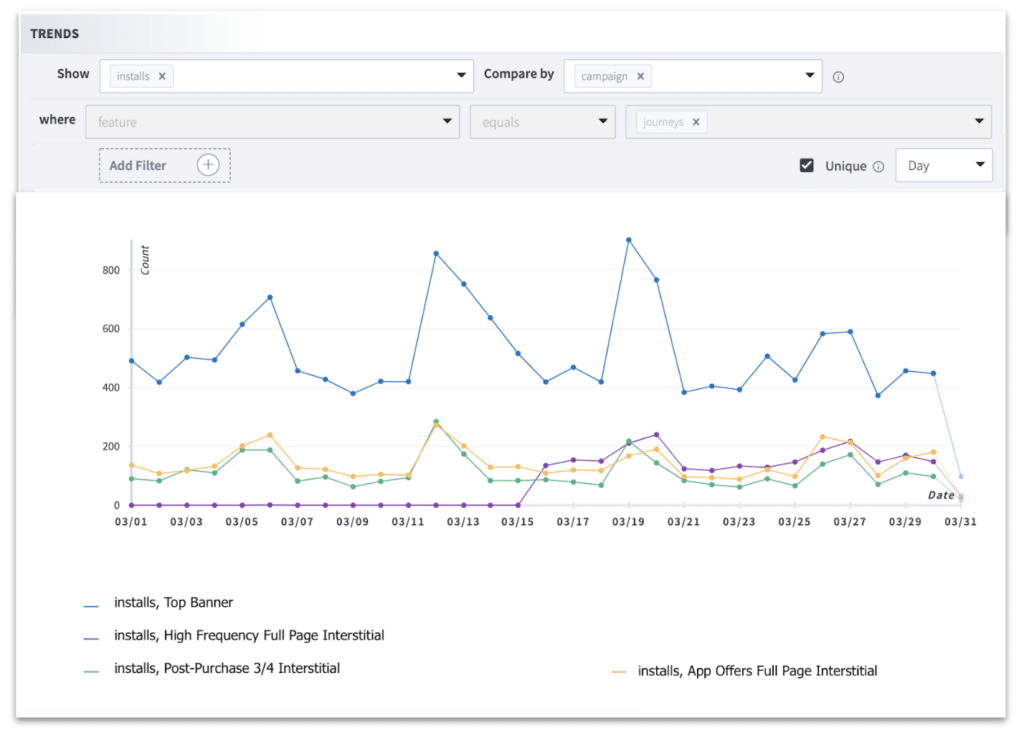As a customer marketing manager at Branch, I recognize the significance of developing a personalized customer journey. Doing so can create a more meaningful and engaging experience, foster loyalty, and ultimately drive business growth.
The expectation of personalized and seamless experiences when interacting with brands has become increasingly prevalent in today’s digital age. Users are no longer satisfied with a generic, one-size-fits-all approach to marketing and engagement. Instead, they expect brands to understand their unique needs and deliver tailored experiences based on their preferences. In this blog post, I will share my insights on personalizing the customer journey on mobile and suggest strategies for achieving success.
Collect relevant data
Collecting relevant data is the first step in personalizing the customer journey on mobile. This includes information about the user’s browsing and purchase history, such as the products they have viewed, added to their cart, and purchased. Demographic data such as age, location, and gender can also help you understand your customers’ behavior, preferences, and needs. You can collect customer data through channels like website interactions, social media, mobile app usage, and customer feedback. Once you have this data, you can analyze it to gain insights and create personalized experiences that cater to customer needs. With Branch, you can easily send attribution data to your marketing and analytics partners to measure and optimize your campaigns in real time.
Create audiences and use segmentation
Once you have collected all relevant data, the next step is to segment your users. By segmenting your users, you can create personalized experiences catering to their needs. For example, you can segment customers based on location, age, gender, interests, or purchase history. This will allow you to send personalized messages, offers, and promotions to each segment. With the Branch Engagement Builder, you can build custom audiences to communicate the perfect message to the ideal customer at the right moment.
Personalize messaging at every touchpoint
Tailoring your messaging to the customer’s needs and preferences is a must in this digital age. Customers want to see relevant messaging through targeted emails, push notifications, or in-app messages. For example, Sephora sends a push notification with a personalized message to customers who added items to their cart but still needed to complete their purchase.
This engagement strategy created a new channel for Sephora to proactively engage with high-value customers in the app and led to an overall increase in app opens and in-app purchases.
Another prime example of personalized messaging is Expedia. They customized their Journeys smart banner messaging based on where the user was traveling to — in this case, Santa Barbara, California. By dynamically incorporating the destination name in their mobile smart banners, Expedia improved install performance by 20%.
Personalize creative based on user intent
With Journeys smart banner, you can customize the creative based on the user intent and where they are in their journey. For example, you might display a full-page interstitial after a user makes a purchase but only display a floating button for existing app users, so it’s less intrusive and more of a friendly reminder.
Allow users to personalize referrals and share links
Another effective way to personalize the customer journey is by allowing app users to customize their referrals and share links with their network. By doing so, users feel more engaged with the app and can tailor their recommendations to their friends and family. This increases the app’s virality and creates a better customer journey as users feel more in control of their interactions with the app.
Personalized referrals can also improve conversion rates because users are more likely to trust recommendations from people they know and whose opinions they value. For example, Strava allows users to customize their share links by choosing their header image when sharing with friends and family through SMS or other social channels.
Optimize the app onboarding experience
In today’s digital age, first impressions matter more than ever. This is particularly true regarding mobile apps, where users have countless options at their fingertips. The onboarding experience is crucial to any mobile app’s success — it sets the tone for the entire customer journey. Optimizing the app onboarding experience ensures that your users have a positive first impression of your app and are more likely to continue using it in the long term.
Take this onboarding example from Robinhood. A user received a referral link from a friend, which included a Branch deferred deep link. Upon download, they received hyper-relevant, personalized messaging based on who shared the link.
Localize with geo-targeting
Location-based marketing is another effective strategy for personalizing the customer journey. This involves using a customer’s location to send targeted messages and offers. For example, Peet’s Coffee began experimenting with geo-targeted Journeys smart banners in key markets with coffee bars. They offered free delivery on all coffee bar orders and then prompted users to download the app to complete the order. It wasn’t long before this targeted messaging helped grow their re-installs and foot traffic in brick-and-mortar locations.
You can also localize your messaging based on the user’s location and preferred language like ESPN does with their smart banner.
Offer personalized rewards or app-exclusive offers
Offering personalized rewards or app-exclusive offers is another effective strategy to create a unique journey for the customer. For example, you can offer a discount on a product that a customer has added to their cart but hasn’t yet purchased. Alternatively, you can display an app-exclusive offer on a category landing page once you know the user is actively engaged. This can incentivize the customer to complete their purchase and increase customer loyalty.
For instance, UK-based fashion retailer New Look ran an APP FLASH campaign, targeting all mobile website users with a clear value proposition. Users would benefit from an exclusive app discount in exchange for downloading the New Look app. Branch Journeys smart banners are fully customizable, so New Look was able to create a native-looking banner that fits the style of its mobile website.
Another example is KFC’s APP-SCLUSIVE email promo offering 10 chicken tenders for $10 in the app. They used Branch’s Universal Email to create a seamless user experience from email to app.
Continuously test and optimize
Finally, it is essential to continuously test and optimize your personalized customer journey on mobile. This involves measuring the effectiveness of your strategies and making changes as needed. By testing and optimizing, you can ensure that your customer journey is constantly improving and meeting your customers’ needs.
In today’s digital age, personalizing the customer journey on mobile is crucial for businesses to remain competitive. Customers expect brands to understand their unique needs and preferences and to provide tailored experiences at every touchpoint. With the help of Branch’s deep linking and attribution solutions, you can successfully personalize the customer journey to foster loyalty and drive business growth.
Request a demo to learn more about how Branch can help you achieve your growth and engagement goals.






















